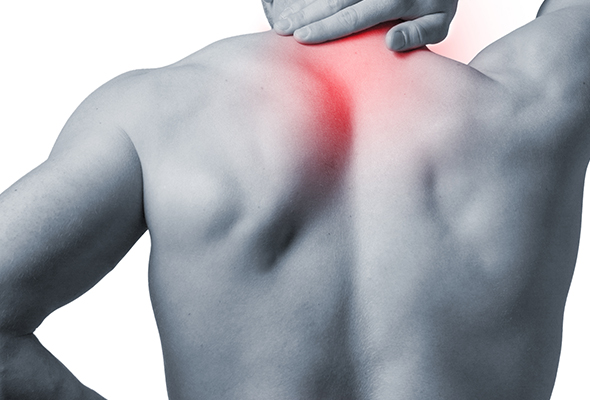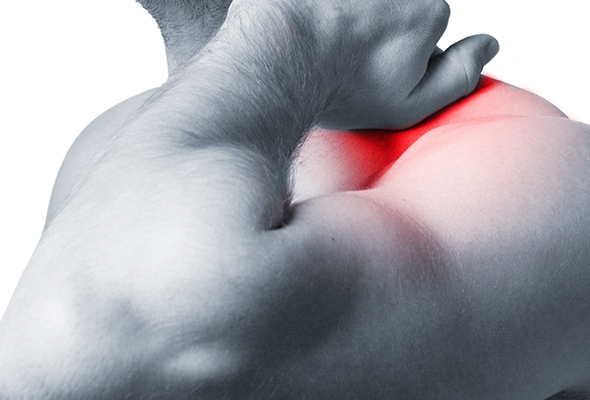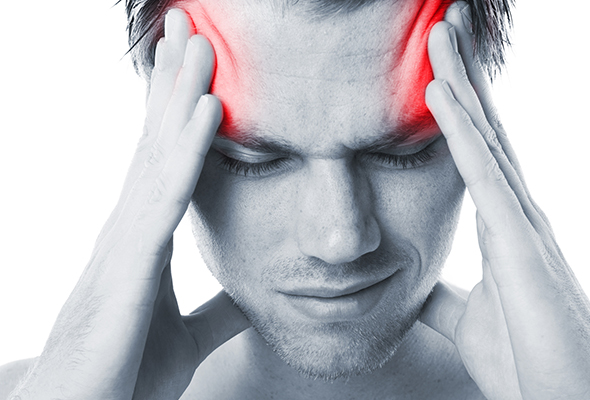
Biodynamic osteopathy is an extension of the cranial osteopathic system which uses the inherent motion of the embryological forces of development to effect change anywhere in the body.
Osteopathy in Toronto specializes in practicing Biodynamic Osteopathy exclusively. All of our practitioners have spent considerable time and effort to train in this methodology, in an effort to provide the very best osteopathic care in Toronto. This mode of treatment extends further the work of William Sutherland DO, who developed Cranial Osteopathy.
Biodynamic Osteopathy was developed in the 1980’s by James Jealous DO, one of the preeminent Osteopaths of our day. Dr. Jealous began studying with the leading osteopaths of the prior generation early in his career and systematized the many approaches to health and healing he was exposed to. Biodynamic Osteopathy is taught exclusively through a series of international post-graduate seminars that take many years to complete.
In the Biodynamic system the same biological forces which guide the development of the embryo can be accessed to promote health and healing. As explained by Marc E. Rosen DO: “Erich Blechschmidt MD, a well-established yet unusually progressive embryologist, independently provided significant contributions to the field of osteopathy. Dr. Blechschmidt carefully observed the cells of the developing embryo, as the embryo grew and changed shape. The cells would appear to migrate (move from one location to another) as they differentiate (change from one form into another), to ultimately become the structures of the adult organism. Dr. Blechschmidt used the term “Biodynamics” to describe these movements of “metabolic fields” in the developing embryo. He felt that these dynamic fields of activity seemed to arise from the very geometry of the cellular foundations of life and produced distinct patterns of movement. These patterns of metabolic field motion within the developing embryo (described by Blechschmidt) appear to be identical to the movement patterns observed and described by William Sutherland DO in the process of Osteopathic Treatment.”
In this way the generative forces that guide the development of the embryo are the same forces that become the regenerative agents for health and healing. The therapeutic motion Biodynamic osteopathic practitioners sense are all expressions of this primal force, which created and sustains us.

Osteopathy looks at the body as a whole to understand the causes and treatment of health issues. Many recent injuries or chronic conditions may be helped by osteopathic care.
Osteopathy is the understanding of how trauma and stress restrict the motion of the tissues of the body. Untreated, this can lead to chronic tension, which can then lead to multiple health issues. The practice of Osteopathy then is a system of manual therapy designed to release these abnormal tensions in the body.
Osteopathy was created by the American frontier doctor Andrew Taylor Still DO in the late 19th century. He was an exceptional man who was profoundly influenced by his experience as the son of a frontier doctor. He suffered the death of his wife and children from spinal meningitis, and because of his inability to help them, began to question the basis of medicine at that time.
Doctor Still spent his life observing nature in the wilderness, studied with the Shawnee tribe, was a gifted engineer and inventor, and served as a surgeon in the American Civil War. He saw a link between the body’s structure and function, which led him to look at anatomy, the bodies structure, in a new light.
He saw the human being as a unity of mind, matter, and motion. Motion is a key principle in Osteopathy. And since all living things must move to stay healthy, where there is a lack of motion, there is a problem. He saw the body as an integrated whole and believed if the structures were balanced, so would the internal function, including the mind and emotions. This led to the principles of diagnosis and treatment which became Osteopathy.
Osteopathy is also based on the inherent ability of the body to heal itself. Most of the time the body does this automatically, but sometimes the body’s reflexive ability to compensate and resolve trauma becomes overloaded. This is when it needs help.
When Dr. Still created the name Osteopathy he was, in part, referring to the bones as the struts of the connective tissue, as well as being the source of blood and immune cells. Connective tissue is the most common tissue in the body and extends to the cellular level where it interconnects all cells, forms the internal scaffolding of the cell, and goes on to connect across the nuclear membrane where the genetic material exists. Research in epigenetics is now showing the environment of a cell has a huge influence on its function. So, the structure – function reciprocity is a relationship throughout all tissues and levels of the body, down to the cellular level.
While Osteopathy is best known for the treatment of back, joint, and muscle pain, its applications are far wider. This is because the principle of the structure – function relationship means the internal environment of the body can be influenced by its structure.

Cranial osteopathy is an extension of the osteopathic system which uses the inherent motion of the nervous system to effect change anywhere in the body.
Cranial Osteopathy extended the principles of Osteopathy to include the diagnosis and treatment of the bones and soft tissues of the head. However, this is a bit of a misnomer since the same diagnosis and treatment skill set employed in Cranial Osteopathy extends to all the tissues of the body.
Cranial Osteopathy is part of the pure lineage of Osteopathic philosophy, science, and art passed down from Doctor Still, the founder of Osteopathy and fully conceptualised by his student, William Sutherland DO.
In Cranial Osteopathy, osteopathic practitioners are feeling for a rhythmic pulsation or shape change in tissues that are under abnormal tension. By using very gentle pressure, these tensions can be released. While it can seem like little is happening, the body responds to very small focused forces in a deep way. Because of that it is a very gentle approach that can have powerful results.
Cranial Osteopathy is often the treatment of choice for acute pain (back ache, joint sprains, car accidents, etc.), for babies (after a traumatic birth, for colic, etc.), for young children (glue ear, sleep problems, etc.), for pregnant women, the elderly, and those who do not like the idea of joints being ‘clicked’ or ‘cracked’. The patient can feel a sense of deep relaxation with this treatment, and it is not unusual for patients to sleep.
When considering other forms of treatment, be aware Cranial Osteopathy is the source of all the other ‘Cranial’ forms of care. However, the methodology and techniques of Cranial Osteopathy cannot be separated from Osteopathy, they are one. This means the other ‘Cranial’ type treatments are only partial or incomplete expressions of the full scope of what is contained in Cranial Osteopathy.